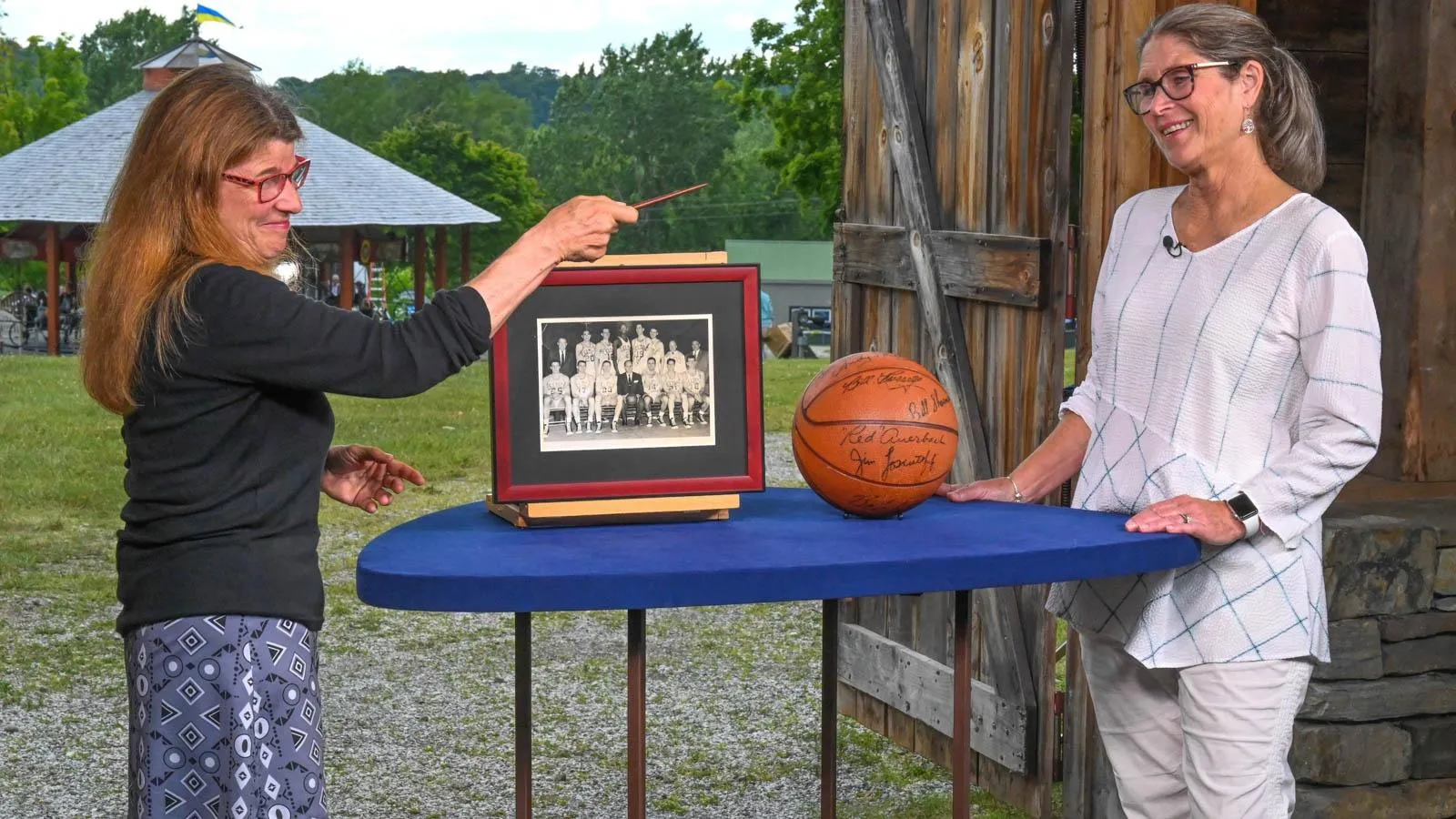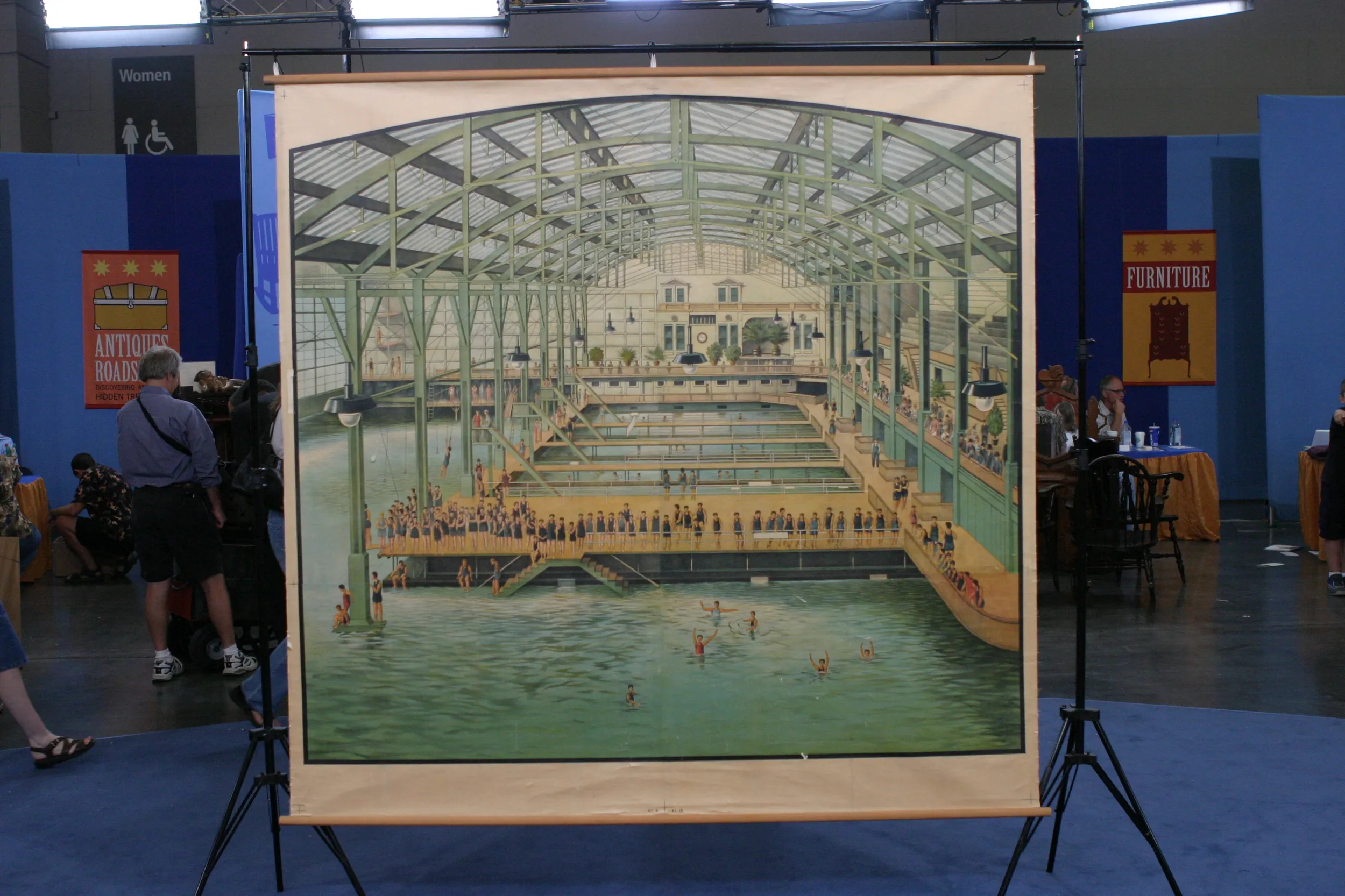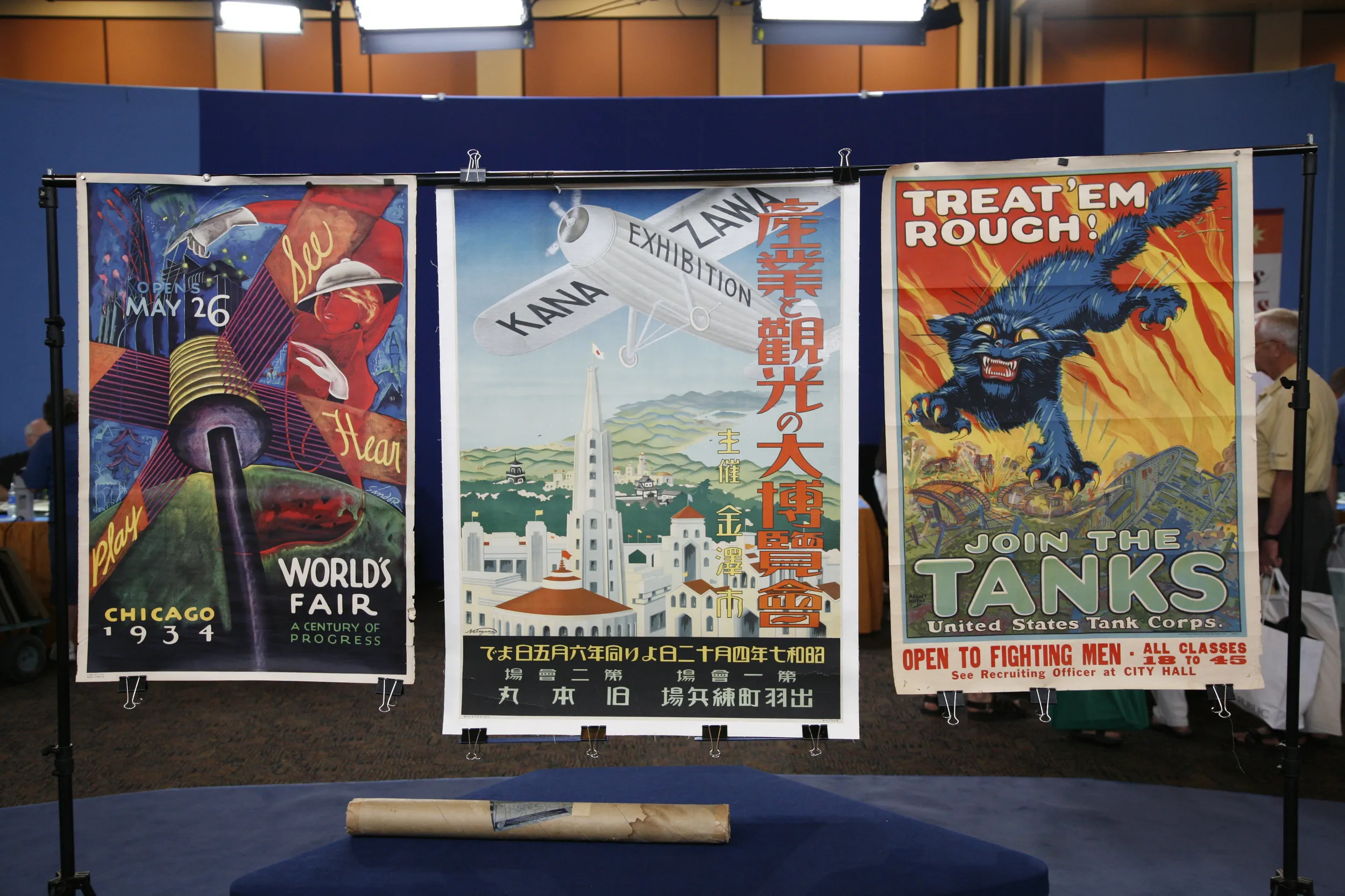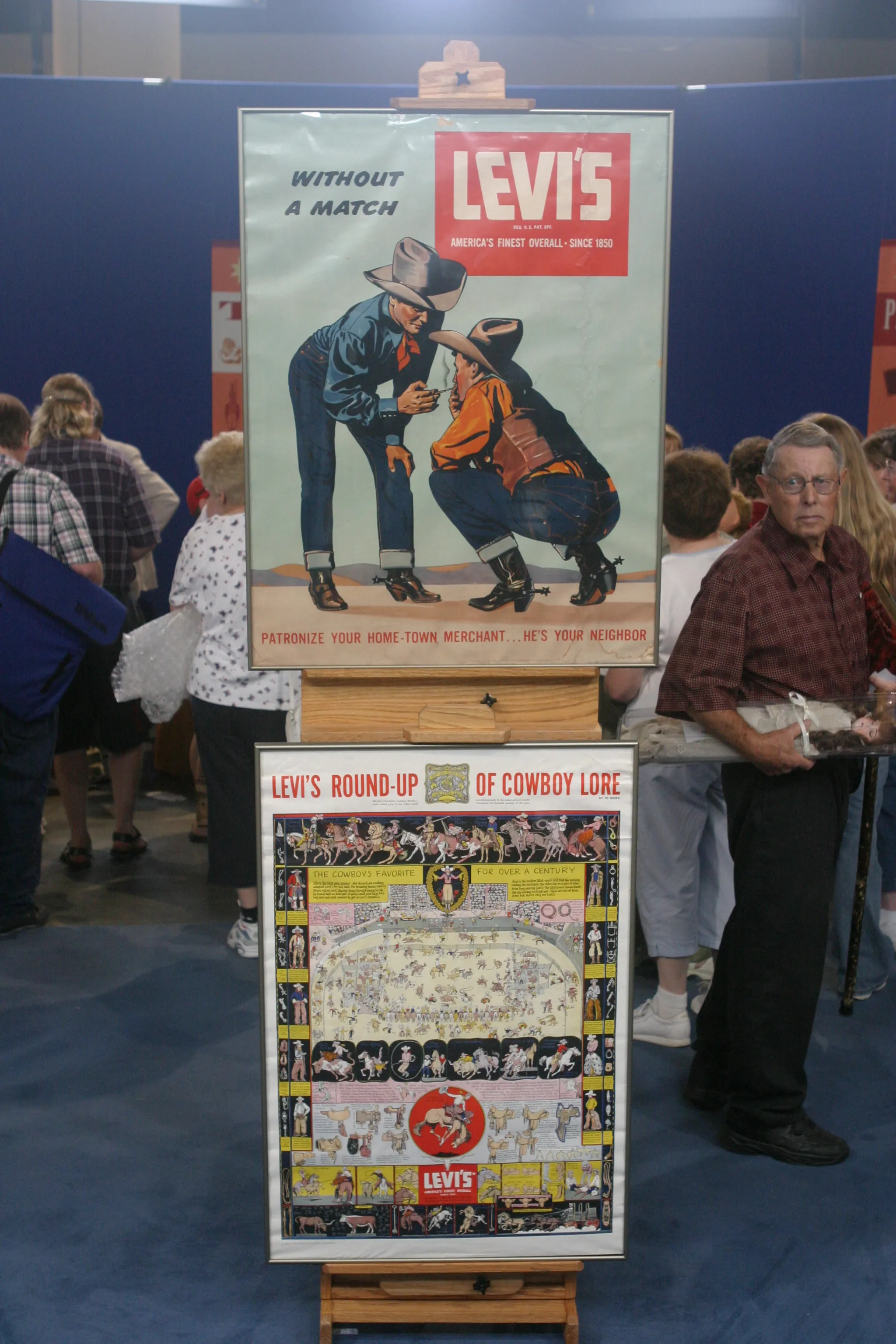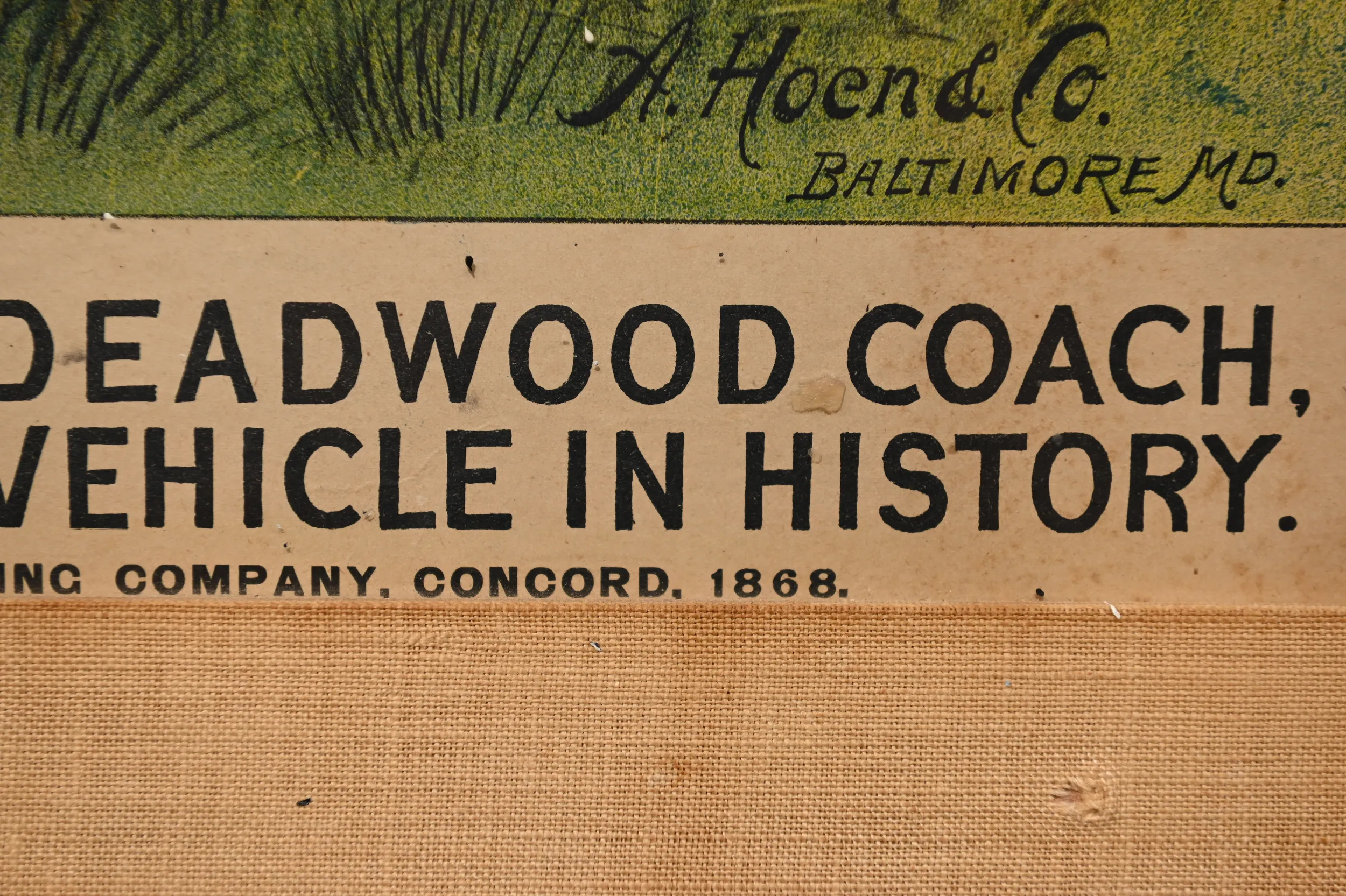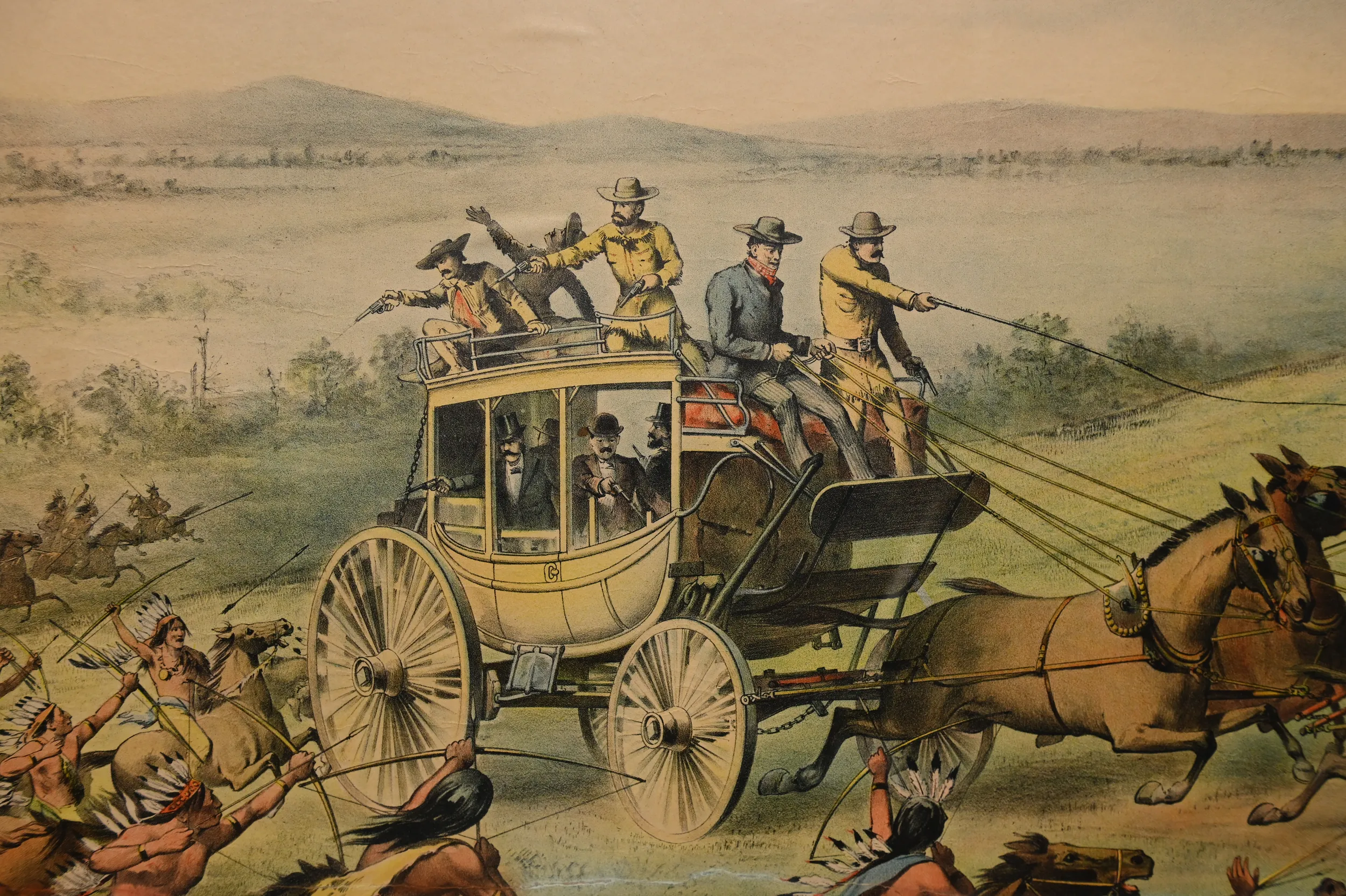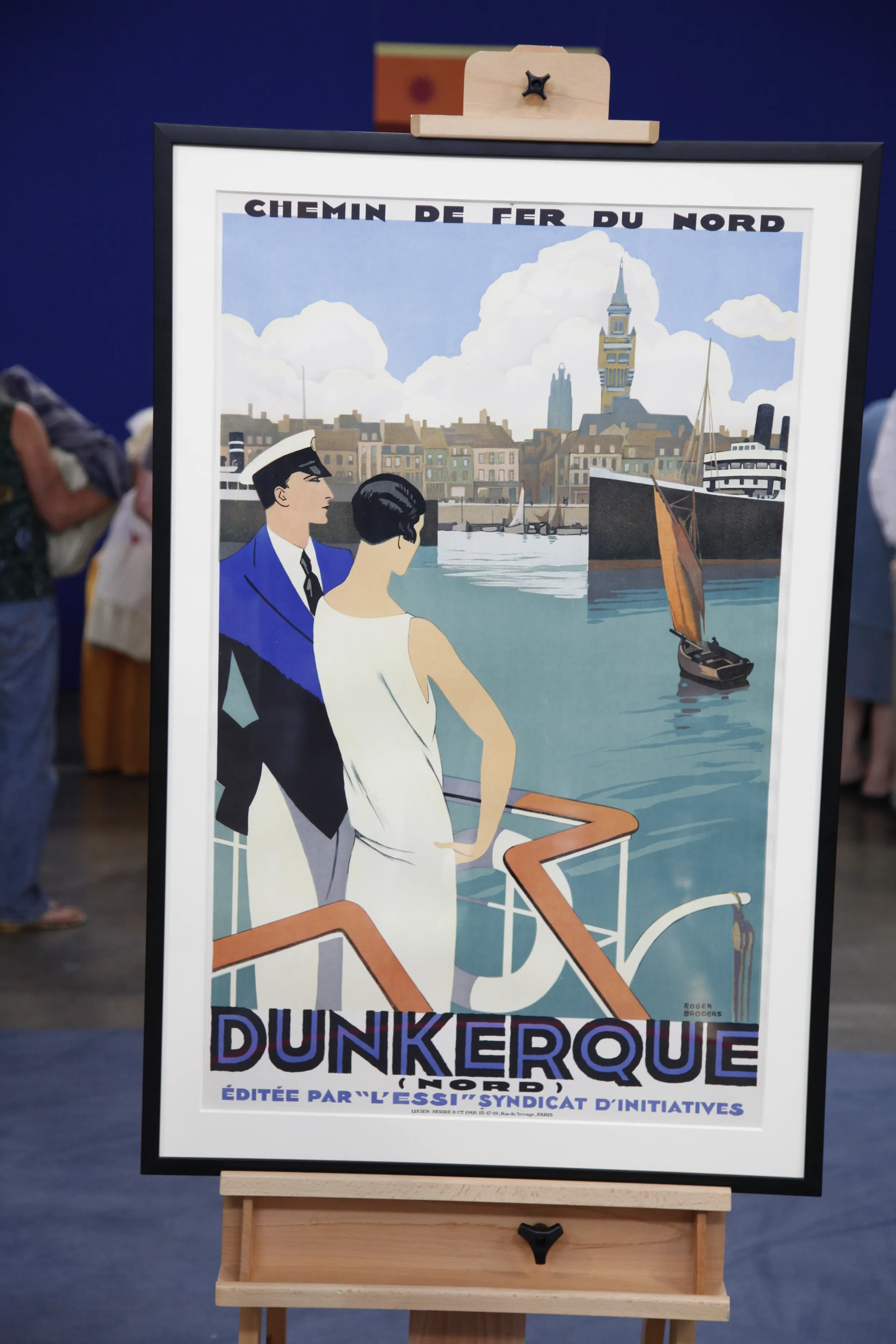GUEST: My wife's dad found this in a barn, an old barn in New Hampshire, about 80 years ago, and must have known it was of some value-- had it framed. We have researched it before, and, um, we've come up with different, you know, Buffalo Bill, Wild West of the Rough Riders posters before, but not this particular "Attack on the Stage Coach."
APPRAISER: Buffalo Bill was the most famous showman in the world from the 1880s through about 1915, when he ended his show business career. And he was originally a plainsman. He was actually a frontiersman who'd be out on the Plains. He was a buffalo hunter, that's where his name comes from. He fought in several battles during the Civil War. While he was a showman, his origins were 100% authentic. And in the years following the Civil War, the American East became very fascinated with the American West. And Buffalo Bill took that fascination and augmented on that fascination by putting together the show "Buffalo Bill's Wild West," which he began in 1883.
GUEST: Mm-hmm.
APPRAISER: Now, here we see, as it says, an "Attack on the Stage Coach." We see "The Original Deadwood Coach, most famous vehicle in history." Made by the Abbot-Downing Company in Concord, New Hampshire, 1868. The Deadwood Coach was incredibly famous. It made the run, the Overland mail run, to Deadwood, which was a territory in South Dakota. It would also run back from Deadwood to the mines ladened with gold. The expression "riding shotgun" was the man next to the driver on a stagecoach, sitting in what would be the passenger seat in a car, right? Holding a shotgun, protecting the passengers, the mail, and whatever else was being transported by the stagecoach. As I said, Buffalo Bill began his Wild West shows in 1883, and then in 1893, he changed the name to "Buffalo Bill's Wild West and Congress of Rough Riders of the World." So this poster dates to what we would say circa 1893.
GUEST: Okay.
APPRAISER: And what it depicts is a classic imagined Wild West scene. You see mounted Native Americans attacking the stagecoach. And as the Native Americans are attacking, as in all the classic sort of Western stories, the cavalry comes over the hill, led by Buffalo Bill himself with his signature goatee and on his white horse, coming to save the stagecoach from the Native American attack. The Wild West show is a thing of the past, and, and arguably, well it should be, with all of its sort of stereotypical depictions of the First Peoples.
GUEST: Yes.
APPRAISER: But Buffalo Bill's fame somehow endures. Historically, the stagecoach, I've read, was attacked more by road agents...
GUEST: Hm.
APPRAISER: ...than by First Peoples. And these were circuses, basically. These were shows. And in doing research, I was actually a little bit pleased to read Buffalo Bill was so friendly with the First Peoples that the performers on his show were paid equally with the other performers. They were allowed to wear their traditional dress, speak their traditional languages. They were allowed to travel with their families, all freedoms that they weren't actually allowed on the reservations to which their tribes had been assigned to.
GUEST: Hm.
APPRAISER: I've also seen different variations of this poster with different texts. So this is probably one of four or five different promotional posters. It was printed by one of the masters of the lithographic craft here in America, A. Hoen Company in Baltimore. They were printed lithographically on these giant stones. We think somewhere between 2,000 and 3,000 of these could have been printed before the stones wore out. And of those that were printed, most of them were put up. So we don't know how many were printed, we certainly don't know how many survived. So I also was unable to find a comparable of this particular poster at auction. So I would say that it counts as very rare. I think, at auction today, a realistic price for this would be between $10,000 and $15,000.
GUEST: Wow. Wow. I, I'm surprised.

